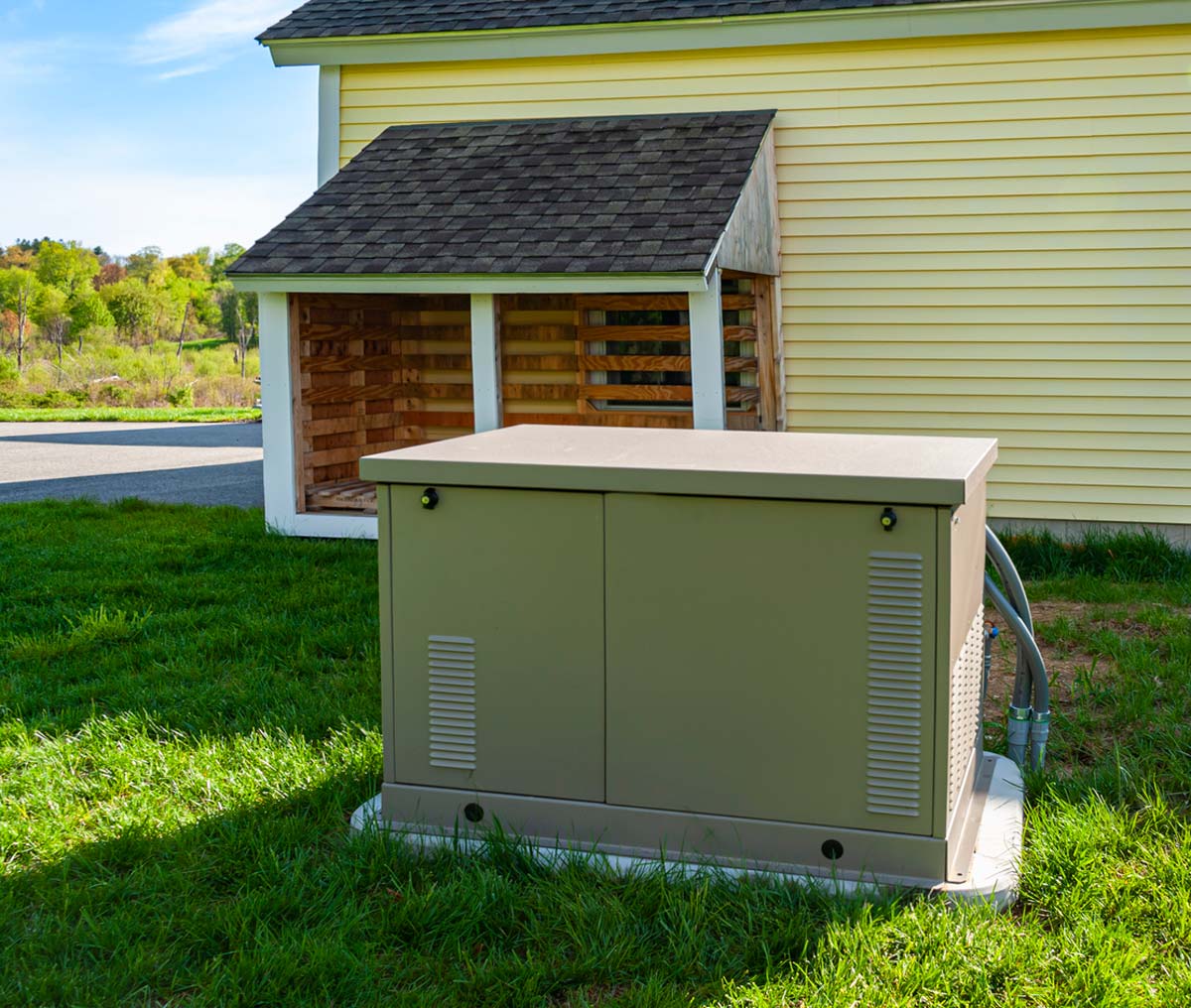
An emergency power generator is an increasingly convenient and sometimes very necessary home addition. While the reliance on electricity inside your home is greater than ever, the incidence of power outages are becoming more frequent across the country. Greater demands on the system, as well as an aging power grid, are reasons why. An emergency power generator senses the loss of grid power and automatically activates to provide continuous electricity to certain critical circuits—or even to the entire house.
Power You Can Depend On
A typical backup power generator is fueled by natural gas that is usually already supplied to your home by the local utility. The supply of natural gas is considered more reliable and less likely to be affected by incidents such as severe weather and other events that might affect electrical power.
Like all mechanical devices, however, an emergency power generator requires some routine maintenance. Here are some basic maintenance tips you should remember to ensure that the generator is safe to operate and fully functional if and when it is needed.
Weekly
- Manually actuate the generator in “Self-Test” mode according to manufacturer’s instructions. Verify that the unit starts and that no alarms or warning indicators are triggered.
- After the generator shuts off, make sure the unit is in “Auto” mode so it will restart automatically should the grid power fail.
- Visually inspect for coolant leaks or other fluids.
Monthly
- Check the level of oil in the generator motor.
- Check the coolant level in the generator motor.
Twice a Year
- Cut back any outdoor vegetation, such as weeds or bushes, that may be encroaching on the enclosure of the unit and obstructing vents.
- Inspect battery cables and connections.
- Look for signs of oil and coolant leaks.
- Check natural-gas connections and gas lines.
- Replace the air filter with a new filter or clean the filter element if it is a non-disposable type.
This informative article brought to you by your friends at Jackson & Sons Heating and Air.